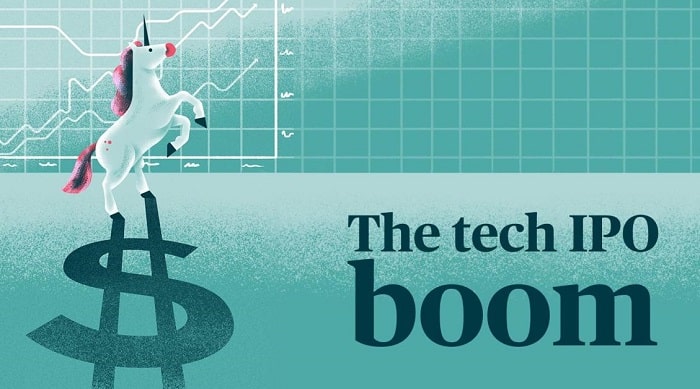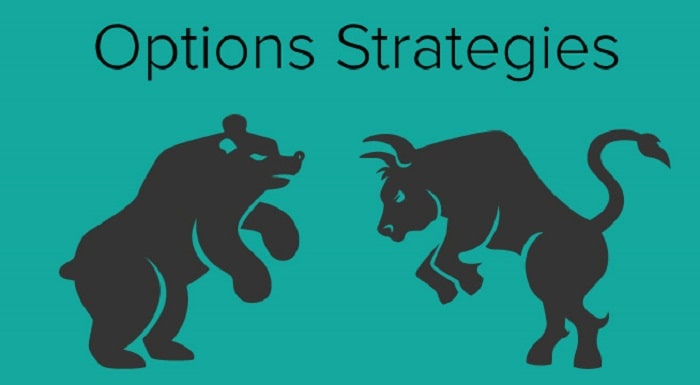
During the past 2 years, the world has changed significantly due to the health crisis along with political and economic fallout. And that is not to mention the Russia and Ukraine conflict or bank collapses. The lockdowns that followed the spread of the pandemic initially created a bear market for stocks. As cooler-heads prevailed, Wall Street rebounded, allowing many technology stocks to benefit from the “new normal.” During the past 2 years, several companies have come to the public markets, including Doordash, Palantir, Coinbase, and Airbnb. These companies have benefited from a change in the way people function. We want our food delivered to our doorstep and want to have a meeting via a video link. We also want to make sure our systems are safe against a cyber attack, and many of us want a new form of currency. The IPO market has been robust, and these four companies have been the highlights during the pandemic. These IPOs have delivered windfall gains to the companies’ founders, employees, and investors. At the current rate many believe that 2021 will be the busiest year for IPOs since 1999. According to a New York Times report, more than 200 companies valued at more than $50 million have gone public in 2021. That number is forecasted to plummet in late 2024 and 2025 however.
People Want To Eat At Home
During the lockdowns, which is still in place in many parts of the world, eating at restaurants decline substantially. In some areas, indoor dining reopened, but the number of people allowed in restaurants was limited. While there was strict lockdown in the U.K. and Europe, and India is experiencing a horrific spread of the virus, placing in the U.S. are opening their doors, which has generated some minor headwinds for Doordash.
DoorDash shares closed at $190 each, rising 86% above its initial public offering price of $102 on the first day of trading. Investors piled into the stock despite substantial net losses and a competitive market. What is clear is that the virus has been terrific for business companies, as people turned to delivery services while stuck in their homes.
Not only do people want a delivery service that will bring food right to their doorstep, but they also want to go away as well after being cooped up for more than a year. Airbnb filled the void. The company has been private for years and uses a house-sharing model, similar to the way Uber and Lyft rideshare.
Initial Public Offering Gains
Shares of Airbnb priced initially at $68 and saw a large rally pushing shares on the first day of trading up to $146 per share. Shares closed the day at $144.71, giving the home-sharing company a market cap of about $86.5 billion, double the valuation it sought in the IPO. The move in the stock price on its initial trading day help the company valuation easily eclipse competitor Expedia, which had a market cap of more than $18 billion. The market cap of Airbnb surpassed Marriott and Hilton, which hold market caps of more than $42 billion and $29 billion.
The IPO of Palantir had less fanfare, but subsequently, the stock increased from $10 to around $45, but soon returned to earth. The volatility in the stock price has been robust. Palantir was one of the few software names that saw little movement post its IPO. The stock looked like a decent value back in October, but the margins were light. Over Q3 2020, Adjusted Gross Margins expanded to 81% up from 70%. This margin expansion helped propel the stock into the year-end, but Q1 results were less promising. Palantir did notch up a new two-year contract with the U.K. National Health Service and a renewal of a previous deal with the U.S. Army.
One of the issues that are not specific to Palantir is that the company had a lockup. Palantir’s IPO lockup period deemed insiders, who owned private shares that became public, could not sell their shares until February 2021. While Palantir went with a direct IPO that enabled insiders to sell 20% of their holdings at the time of listing, they had to hold the other 80%. Once they were able to supply the market, the price came under pressure.
Direct Listing With Coinbase
The cryptocurrency craze has not eased, as the Ethereum platform’s concept and the ability to use this as a secure platform have perpetuated. Coinbase decided to issue a direct listing and benefited from high bitcoin and ether prices. Instead of highering investment bankers to sell their shares to investors, they listed their stock directly on their exchange. The Nasdaq placed a pre-emptive reference price of $250 per share, but the first trade was $381. This price spiked intraday but closed at $328, making the company’s new net worth somewhere in the range of $85 billion. Coinbase is a cryptocurrency trading platform. It makes most of its income from commissions. The company has abnormally high profit margins. As long as volume and liquidity continue to remain high, Coinbase will experience robust gains.
Stay At Home
Zoom is the quintessential “stay at home” company. The videoconferencing software company Zoom had its IPO in 2019 and saw the stock surge 80% to $65 on its first day of trading and closed out the day up 72% at $62. Zoom’s essential is how it experienced volatility when the “stay at home” concept seemed to ease during the vaccine rollout in the U.S. The Zoom trade became all the rage during the lockdowns, with the stock price hitting a 12-month high of $575 during 2020 and has subsequently eased to $300 per share. This level of value still puts it 6-times higher than its first day of trading, well above the company’s price to the public.
The Bottom Line On Tech Stock IPO’s
The upshot is that the IPO market has experienced solid opportunities for several companies during the pandemic. Most of the prices of companies that have gone public in the past 14-months have seen strong price increases. Technology related to delivery services as well as home-sharing has outperformed. The cryptocurrency craze has also helped create public exchanges that focus on digital coin products. These returns bode well for IPO’s during the balance of 2021.









